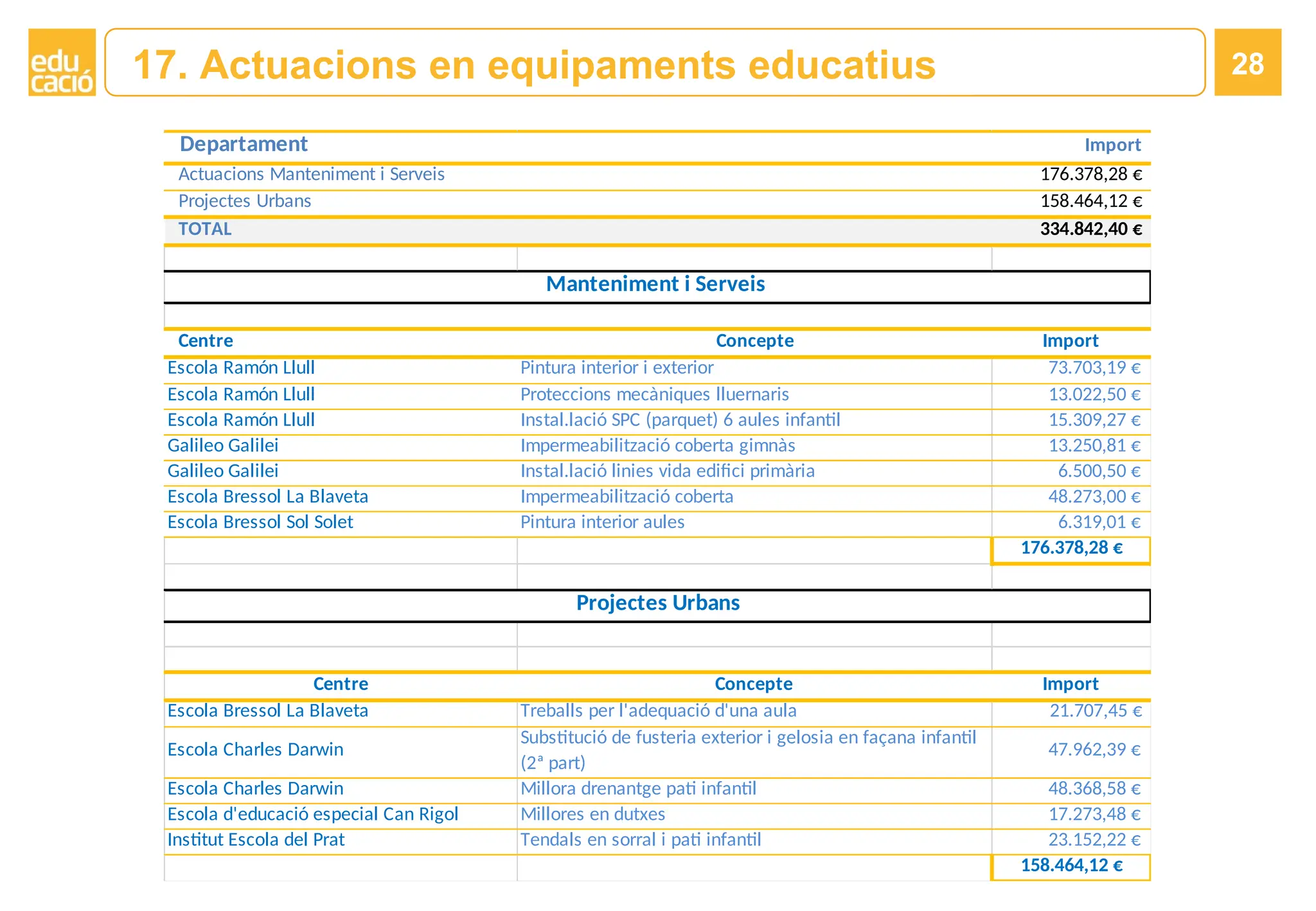The nuances of human relationships, the blurred lines between reality and fantasy, and the complex dynamics of power and desire are all intricately woven into the fabric of David Ives’ play, “Venus in Fur.” This thought-provoking piece of theater masters the art of layering, presenting itself as a play within a play that delves into the world of 1870 novel “Venus in Furs” by Leopold von Sacher-Masoch, from which it draws its title and central themes.
At its core, “Venus in Fur” is about the audition of an actress named Vanda Jordan for a role in a play adaptation of “Venus in Furs.” Vanda arrives late, apparently clueless about the play she’s auditioning for, but soon reveals a deep understanding of the script and its characters. As Vanda and the director, Thomas, navigate the script, the lines between the characters in the play and the real individuals begin to blur. Vanda takes on the role of Wanda, the dominant mistress in “Venus in Furs,” while Thomas plays Severin, the willing slave. This role-playing allows them to explore themes of dominance, submission, power dynamics, and the psychological games people play in relationships.
One of the most striking aspects of “Venus in Fur” is its exploration of the interplay between power and desire. Through Vanda and Thomas’s interactions, the play highlights how power can be both a source of attraction and a tool for manipulation. Vanda, who initially seems submissive and naive, gradually reveals herself to be in control, dictating the terms of the audition and turning the tables on Thomas. This reversal of roles challenges traditional notions of dominance and submission, suggesting that power is not fixed but rather is something that can be negotiated and manipulated.
The play also delves into the nature of reality and fantasy, presenting a world where the boundaries between the two are constantly shifting. As Vanda and Thomas become more and more immersed in their roles, it becomes increasingly difficult to distinguish between what is real and what is part of the play. This blurring of lines serves to underscore the idea that our perceptions of reality are always subjective and that fantasy can be a powerful tool for exploring and understanding our desires and motivations.
Furthermore, “Venus in Fur” offers a nuanced exploration of gender roles and expectations. Vanda, as a woman, is expected to conform to certain standards of behavior and submission, yet she consistently subverts these expectations, asserting her dominance and control over the situation. This challenges the traditional patriarchal narrative and offers a compelling commentary on the societal constraints placed on women.
The character development in the play is also noteworthy, with Vanda and Thomas being multidimensional and complex. Vanda, in particular, is a fascinating study in contrasts, moving effortlessly from vulnerability to dominance. Her character serves as a metaphor for the multifaceted nature of human personality, where individuals can embody a range of traits and characteristics that may seem contradictory at first glance.
In terms of its theatricality, “Venus in Fur” is a masterclass in minimalism and restraint. With a simple set and minimal props, the play relies heavily on the dialogue and the chemistry between the actors to convey its themes and emotions. This approach serves to heighten the sense of intimacy and immediacy, drawing the audience into the world of the play and making them active participants in the exploration of its complex themes.
The play’s exploration of power dynamics, desire, and the interplay between reality and fantasy offers a profound commentary on human relationships. Through its nuanced character development and minimalist approach to theater, “Venus in Fur” presents a complex and thought-provoking exploration of the human experience.
Understanding the Complexities of "Venus in Fur":
- Power Dynamics: The play explores how power can be both a source of attraction and a tool for manipulation, challenging traditional notions of dominance and submission.
- Reality and Fantasy: It delves into the nature of reality and fantasy, presenting a world where the boundaries between the two are constantly shifting.
- Gender Roles and Expectations: "Venus in Fur" offers a nuanced exploration of gender roles, challenging traditional patriarchal narratives and societal constraints placed on women.
In conclusion, “Venus in Fur” is a theatrical masterpiece that engages its audience on multiple levels, from the intellectual exploration of complex themes to the emotional resonance of its character dynamics. Its ability to weave together elements of power, desire, reality, and fantasy creates a rich tapestry that invites both reflection and introspection, making it a work that continues to captivate audiences and inspire critical analysis.
What are the central themes explored in "Venus in Fur"?
+The central themes include the interplay between power and desire, the blurring of lines between reality and fantasy, and a nuanced exploration of gender roles and expectations.
How does the play challenge traditional notions of dominance and submission?
+Through the character of Vanda, the play shows how power can be negotiated and manipulated, reversing traditional roles and challenging the audience's expectations of dominance and submission.
The theatrical and intellectual depth of “Venus in Fur” ensures its place as a significant work in contemporary theater, offering insights into the complexities of human relationships and the enduring power of desire and fantasy in shaping our experiences.



